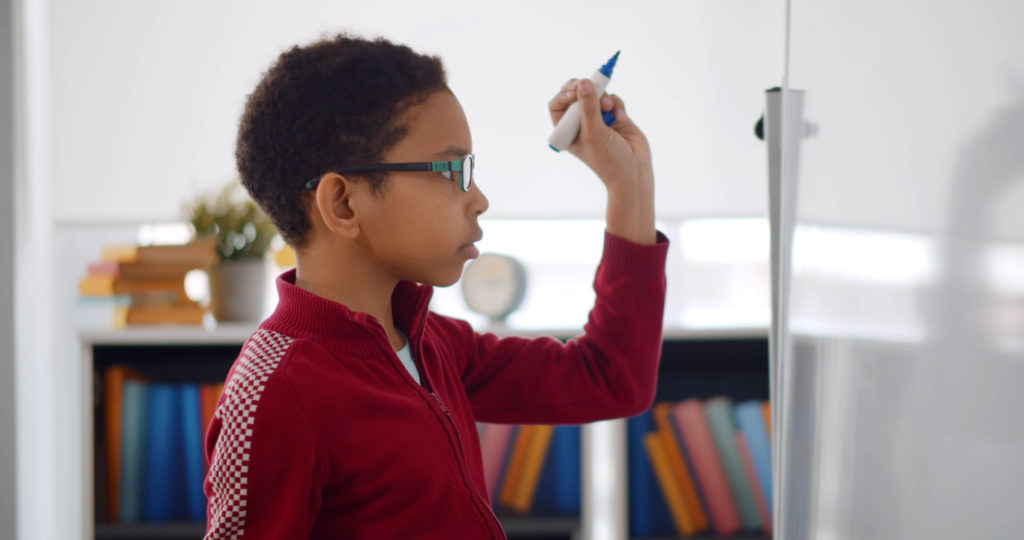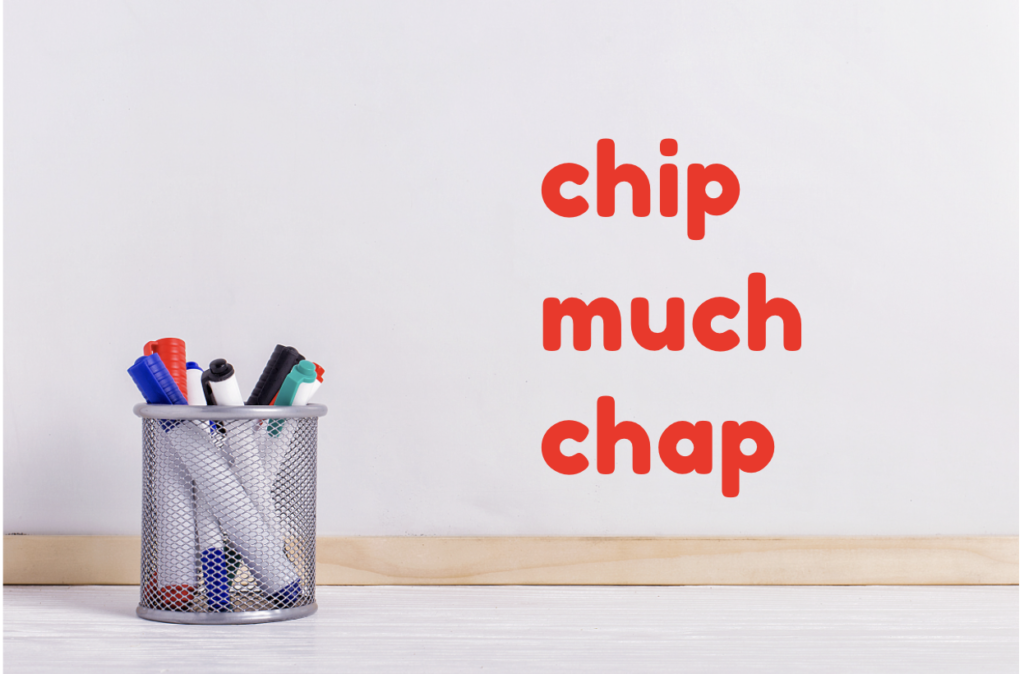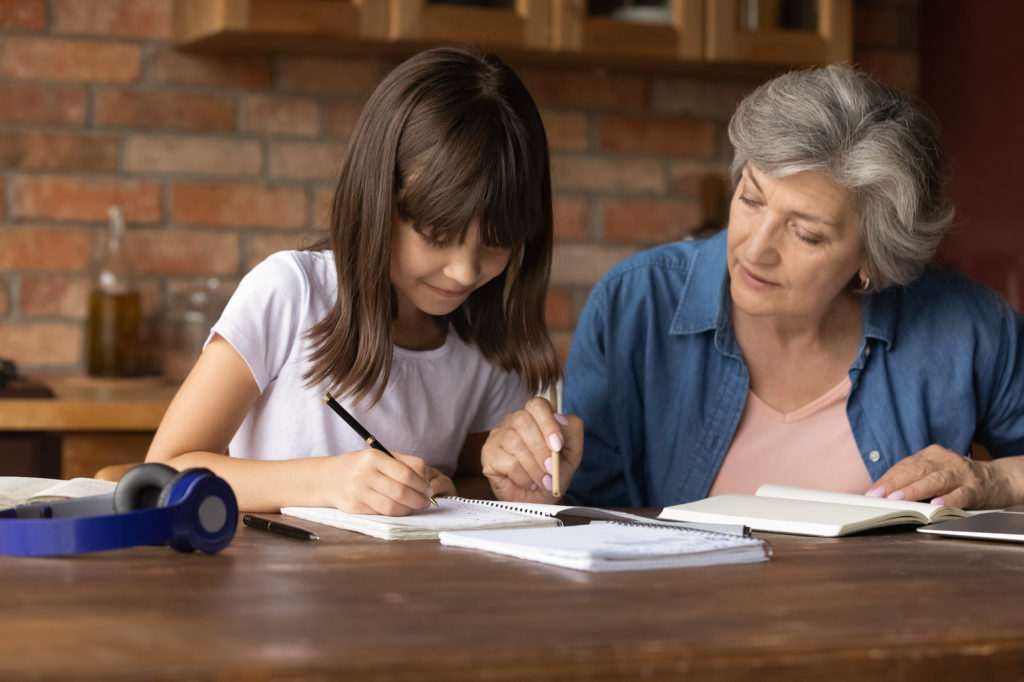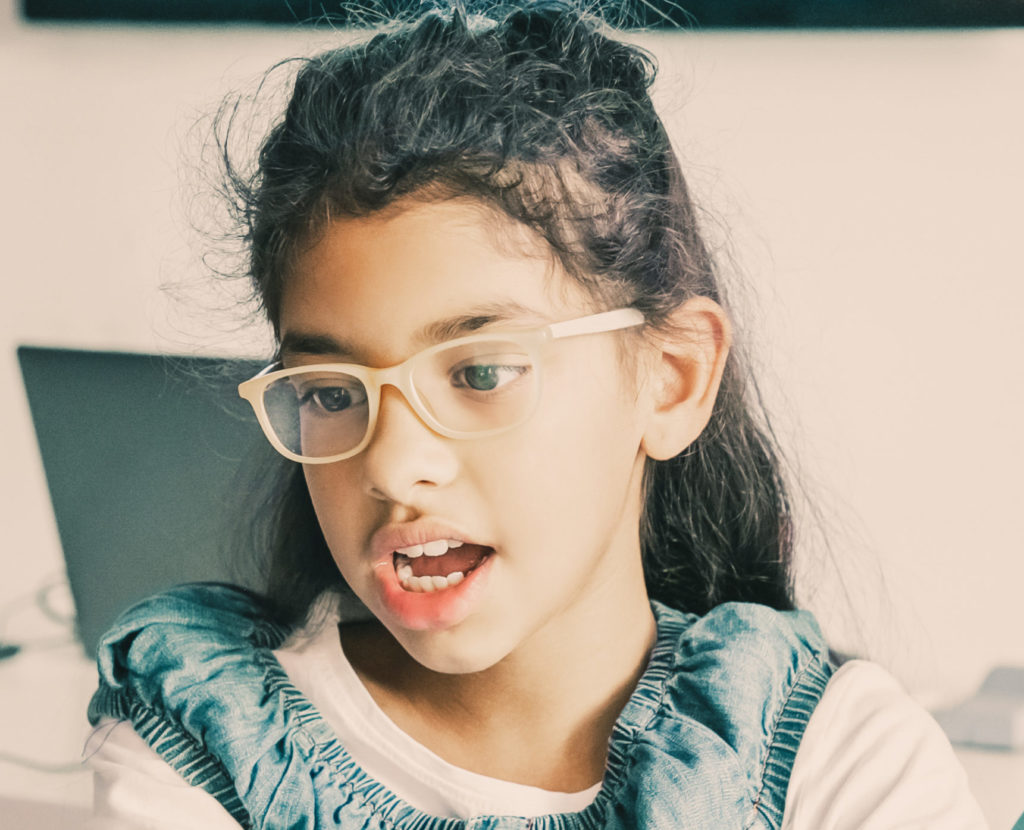Free Phonics Materials for Teachers, Tutors, and Families

Why Open Source Phonics?
Many third, fourth, and older-grade students need more practice in order to master the phonics patterns needed to sound out new words and read and write fluently. Commercial programs designed for struggling readers are hundreds of pages long and expensive. Thus, they are not shared with all the teachers, students, and families who could use them.
Phonics practice with Open Source Phonics materials is
effective, fun, and hands-on.

Oral sound play (which increases phonological awareness) and brainstorming (which increases phonological awareness and vocabulary) is fun. Students get multiple opportunities to read and write new patterns—no guessing involved.

This is where the rubber hits the road. Students “own” the patterns that they can write from dictation. In each lesson, adults read sentences aloud for students to write on white boards. Writing helps reading, as students “lock in” patterns; plus, students expand what they can write and spell with confidence.

Students do “triple reads” of longer decodable stories while adults cheer them on. With repeated readings, students increase fluency, speed, and stamina. Without the “curve balls” of patterns they cannot yet decode, students experience the thrill of fluent reading—where reading aloud feels more like talking. This practice prepares students to read real texts in school.
Endorsements for Open Source Phonics
unreliable strategies that are not supported by research. Skilled readers are able to use their knowledge of phonics (e.g., sound-symbol correspondences and patterns, orthographic syllable types, morphology, and syllable division patterns) to decode unknown words, rather than guess or skip. Decodable texts contain words with phonics patterns students have been taught so they can learn to utilize these skills proficiently, and over time move to less controlled and more authentic texts. I admire and applaud Katie Spurlock’s work to make decodable texts available to every teacher and reader with internet access. I have reviewed her phonics sequence, lessons, and initial set of decodables and confirm their alignment with evidence-based structured literacy instruction.
Every child deserves the best opportunity to learn to read, and this is one step in that direction.
